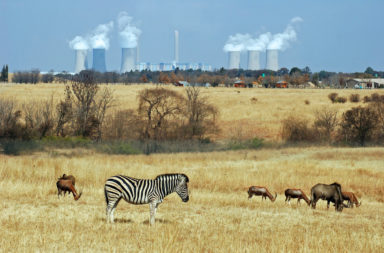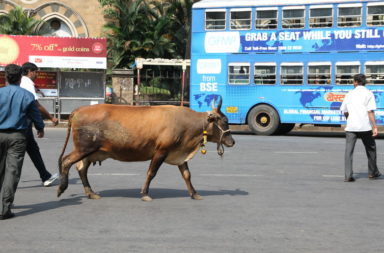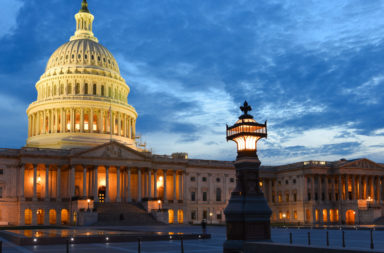Remote frontier region high in the Himalayas seeing increasingly tense stand-off at the China-India-Bhutan junction.
Chinese leaders insist no meaningful dialogue possible until Indian troops withdraw from disputed site in Doklam, the most significant border dispute between nuclear-armed rivals in over 30 years.
“Restraint has a bottom line” as border row becomes internal crisis for China against backdrop of deteriorating situation in North Korean becoming more perilous by the day.
Tensions on the Border Between China and India
The Doklam standoff started in June as Chinese troops began to build a road through the region, infrastructure that would allow China access to the ‘Chicken’s Neck’, a thin strip of land connecting India to remote northeast territories in Sikkim.
Bhutan, the Buddhist kingdom eastern edge of the vast Himalayas, is more known for its monasteries and dramatic landscapes but the small kingdom has found itself at the centre of an increasingly bitter and tense standoff between two of the world’s most powerful emerging nations.
As the plateau known as Doklam in Bhutan and India and Donglang in Beijing is disputed territory claimed by both Bhutan and China, Bhutan requested Indian military support and warned China that the new road, adjacent to their shared border, would create severe security implications.
China and India’s Battle for Dominance in Bhutan
Indian officials report that around 300 soldiers from India and China are now facing each other with a distance of about 150 meters between the two rivals.
Upping the ante, China’s military proceeded to hold live fire drills close to the disputed Doklam area, with state television claiming that exercises had been undertaken as recently as Friday.
Experts hold the view that China is testing the India-Bhutan relationship with a view that, if India falters, China will be waiting with open arms.
The tiny country is pursuing an independent foreign policy after a history of remaining in-line with India while improved ties with Bhutan will further China’s plan to forge rock-solid relationships with India’s neighbors, including Pakistan, Bangladesh, Myanmar, Sri Lanka, and Nepal.
A stand down by India would weaken its influence in south Asia, the standoff beginning just days before India’s prime minister Narendra Modi visited the US to meet president Donald Trump.
Problems For Chinese Leadership
However, the border standoff is quickly becoming a significant domestic political problem for China.
Hawkish Communist Party members are demanding action to “push back” Indian troops ahead of a crucial party congress to elect top positions later this year which puts considerable pressure on the leadership to address their concerns.
China also faces a deteriorating situation on its border with North Korea following dangerous moves and rhetoric from Pyongyang and has vastly increased military presence along the border.
China and India: Who Would Fire First?
“However, if good manners do not work, in the end, it may be necessary to rethink our approach. Sometimes a head-on blow may work better than a thousand pleas in waking up a dreamer,” the newspaper reported.
However China’s foreign ministry stated that “it has already been more than a month since the incident, and India is still not only illegally remaining on Chinese territory, it is also repairing roads in the rear, stocking up supplies, massing a large number of armed personnel.”
“This is certainly not for peace.”
The Chinese Defense Ministry noted the goodwill that its forces had exercised but warned that “restraint has a bottom line”.
“No country should underestimate the Chinese military’s confidence in and ability to fulfill its mission of safeguarding peace, and should not underestimate the Chinese military’s determination and will to defend the country’s sovereignty, security and development interests.”
Emerging Nations Make Difficult Neighbors
National Security Adviser to Prime Minister of India Ajit Doval joined other security officials in saying that BRICS countries should play a bigger role in international affairs.
It was clear that both India and China want to keep the discussion on the Doklam stand-off restricted to the bilateral area instead of making it an issue requiring the attention of BRICS nations and, in a speech, Doval said the BRICS countries should show further “leadership in countering terrorism” adding that the group should also play a key role on “strategic issues of regional and global importance” while focusing on “areas where we have consensus”.
The Chinese president Xi Jinping said the five BRICS countries were faced with a “complex international political and economic security situation” and has stated his belief that they should communicate more on financial cooperation, cultural exchanges and security issues.
Is Peace Possible?
While this most recent border dispute may not end in bloodshed, the situation points to the growing confidence of two immensely powerful emerging neighbors and the hard line they are increasingly taking towards one another.
With an uncertain future and dominance in the region up for grabs, China and India’s relationship looks certain to provide plenty of tension in the foreseeable future.
Photo credit: Flickr





